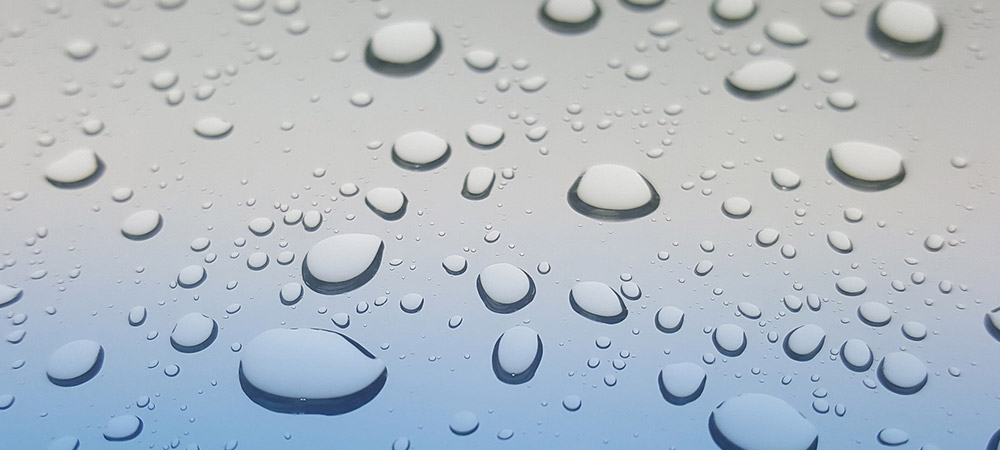Rain, Rain, Go Away!

It’s gloomy, it can be loud, and it can ramp up your allergy and asthma symptoms. While damp conditions seem to be favorable for people with pollen allergy, a strong rain storm can actually shake up symptoms. If you experience strong allergy and asthma symptoms after a storm, you’re not alone – it’s a real allergy mystery and we’re here to help solve it.
Dr. Giana Nicoara, allergist at Allergy Associates of La Crosse, says that a light, steady rain can be beneficial for those who suffer from tree allergy. She explains that rain brings the tree pollen to the ground and stabilizes it. With this light rain, less tree pollen is in the air and getting in your system, so you’re likely to feel fewer symptoms.
But, as soon as the rain picks up – thunder and lightning, too – those with asthma, allergy, or both can start to feel even more miserable. During grass and weed season, pollen is already circulating through the air at a high rate. Dr. Nicoara says, “Heavy rain breaks the pollen clump in smaller pieces and disperses it. It makes the pollen counts higher and then people who are sensitive to grass and weed, after a heavy downpour, might have more issues.” More pollen circulating means more sniffling and sneezing right after heavy rain and up to 24 hours after.
Allergic Asthma & Thunderstorm Asthma
Humidity can also cause big problems, especially for those with asthma. Dr. Nicoara explains that humidity causes more congestion, which makes it more difficult for those with asthma to breathe. For those with allergic asthma who are feeling more symptoms because of the rain, it’s a double whammy. There’s a larger margin for asthma attacks in these conditions.
There’s a more extreme version of this called thunderstorm asthma. This occurrence has been reported primarily in Australia, but there have also been reports in Europe and our own backyard. Dr. Nicoara explains it simply, “Grass pollen gets sucked into the atmosphere and in the storm clouds. When it’s up there, the grass pollen picks up moisture. They get big and then they burst, and each grain of grass pollen can create up to 700 smaller particles of pollen. And then because of the way the storm works, with a colder flow of air, all of this junk comes to the ground.” This has been known to cause asthma attacks for those with asthma, and even some who aren’t diagnosed asthmatics.
Additionally, if your climate has more humidity or rain than normal, mold and dust mite levels can rise above normal. Both of these allergens live best in damp conditions, not only in your home, but outside, too! For those with multiple allergies, this makes for a “not so fun” combination of triggers.
How do I deal with this?
The only way to avoid any of these reactions is to stay inside, which isn’t all that realistic. Dr. Nicoara strongly believes in getting asthma and allergy symptoms under control. She explains, “If you already have inflammation in your nose and sinuses from allergy or your lungs from asthma, anything that you’re exposed to – whether that’s a fragrance or pollen — is going to tip you over the edge and be a problem.” Allergy treatment can tackle allergy related symptoms and reduce inflammation. By taking control of these conditions, the weather shouldn’t cause much of a difference in your symptoms.
Custom sublingual immunotherapy with the La Crosse Method™ Protocol may get those conditions under control for the long haul affordably and conveniently. For those with asthma induced by allergy, allergy drops may help to eliminate not only allergy symptoms, but may also eliminate asthma symptoms.
